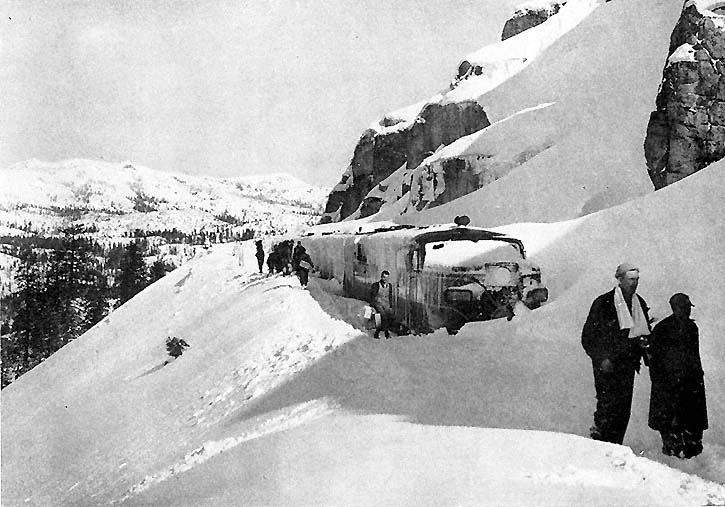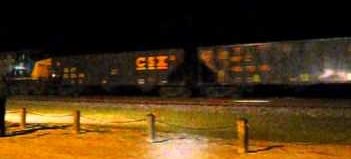That Was Then . . . This Is Now.
Back in the early 1970s, in exchange for the government’s permission to quit carrying passengers, the nation’s railroads agreed to allow Amtrak trains to run on their tracks for modest-but-fair payments. As their part of the deal, the railroads agreed that the dispatchers controlling the movements of all the trains in their area would give…



